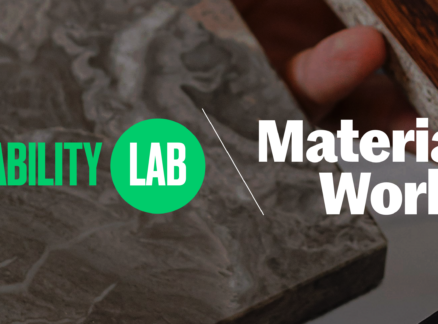October 1, 2006
Community Latticework
A new museum aims to connect locals to an emerging cultural district in Fort Greene, Brooklyn.
Sunil Bald of Studio Sumo is in the tiny back office of the new Fort Greene home of the Museum of Contemporary African Diasporan Arts (MoCADA), which his firm completed in May. Cramped, dark, and tangled with computer cords, the room was originally intended as a storage area. “We try not to come back here,” Bald says. “It’s like the id of the space.” It’s also a fairly good indication of what the ground-floor museum looked like before he and his partner, Yolande Daniels, transformed it from a section of an abandoned medical research lab. MoCADA is the first visual arts institution to be installed in the Brooklyn Academy of Music (BAM) Cultural District, set to reshape downtown Brooklyn in the coming years.
As the face of the 80 Arts building, where the BAM Local Development Corporation (BAM LDC) keeps its eighth-floor offices, the museum needed to capture the neighborhood’s attention. Bald and Daniels covered the gallery’s eastern windows with LED displays of the MoCADA logo and enlarged the corner windows to match the more prominent ones in the main entryway. Inside the reception area, a map of the African diaspora requested by the museum’s director turned into a latticework wall of some 2,600 one-by-two-inch blocks of ash wood. The offset-stacked blocks—hand-cut, glued, and doweled in a barn in Ithaca, New York—trace slave-trade locales and contemporary centers of the African presence across 24 time zones. To expand the narrow gallery, Sumo installed four movable walls on steel hinges, providing extra wall space as well as screened-off areas for meetings and tours.
If the modest 1,800-square-foot museum seems an unlikely candidate to anchor the 80 Arts building, then the Gordian knot of race relations and gentrification accompanying both the planned cultural district and the nearby Atlantic Yards development goes a long way toward a rationale. “BAM LDC really wanted this place to be a community foothold,” Bald says, “because all of the other projects they’re doing are these big things—like the Frank Gehry theater and the Enrique Norten library—that the community is understandably wary of.” MoCADA’s executive director, Laurie Cumbo, who founded the museum on the fourth floor of a Bedford-Stuyvesant brownstone as a graduate student in 1999, is more blunt: “Whether they did it to appease the black community or whether they did it because they thought it was a wonderful idea—whatever the motivation behind it was—it’s ultimately a good idea.”





